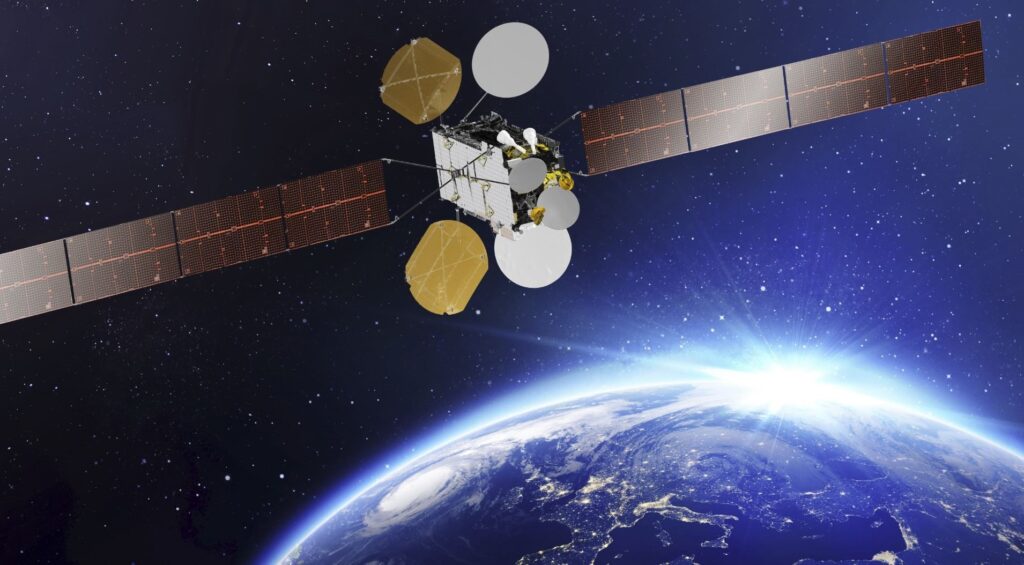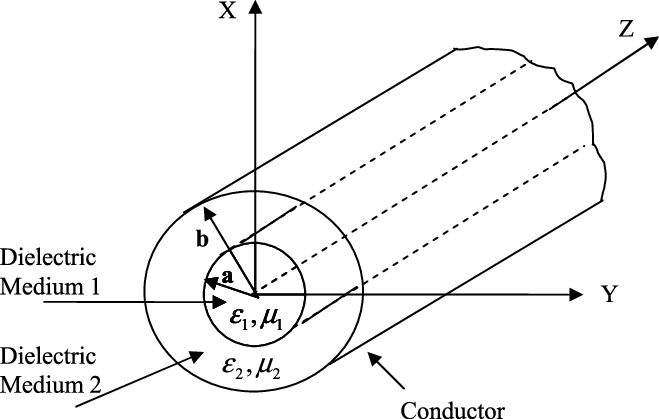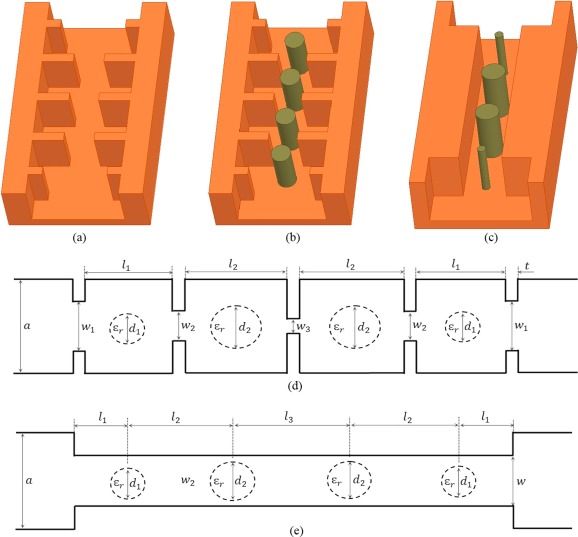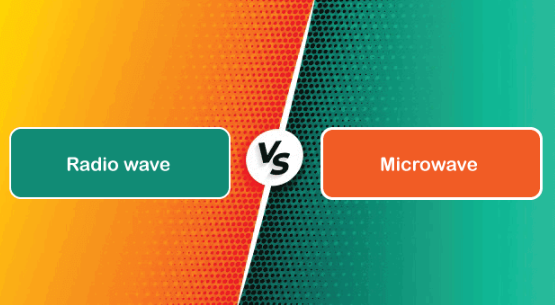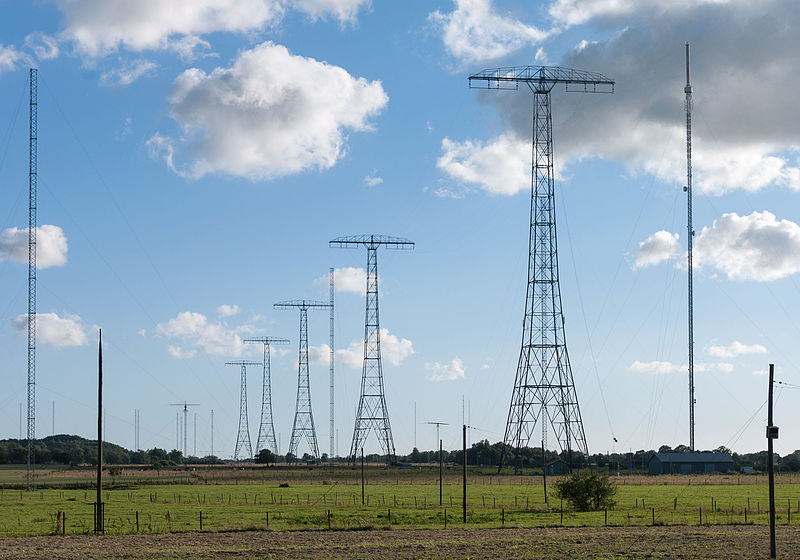Which Satellite Frequency Bands Are Best
L-Band is good at mobile navigation and IoT, S-Band dominates weather radar, C-Band is suitable for broadcasting, Ku-Band leads TV and aviation, Ka-Band supports the Internet, and V-Band creates high-capacity future networks. L-Band for Mobile The signal attenuation rate of L-Band remains within 3% in heavy rain, fog, snow or storms. According to the International […]
Which Satellite Frequency Bands Are Best Read More »


